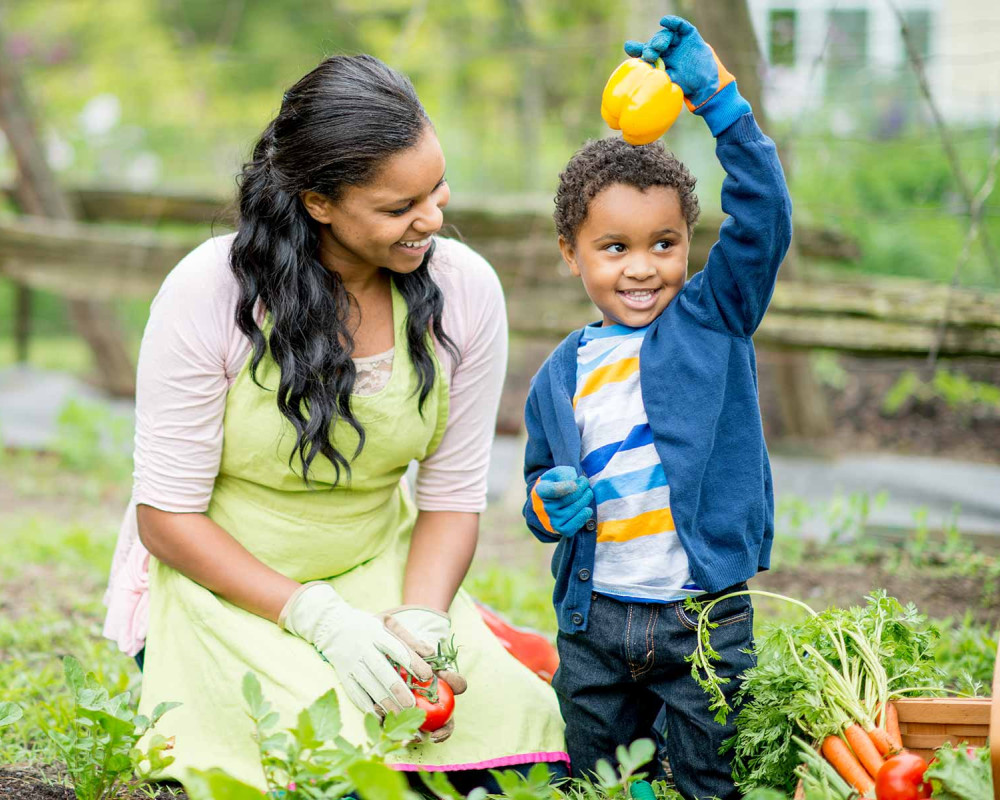
The Bipartisan Infrastructure Law (BIL) has historic financial provisions to rebuild American infrastructure, expand access to clean water, and invest in communities that have too often been left behind. Each of these investments impacts our health. And it’s critical to make the health connections to enable the transformative climate actions we need.
With this historic investment, we have huge opportunities to create climate resilience and promote health for today’s communities and tomorrow’s children. But how can we continue to build the connections between healthy brain development, climate, and justice?
This work is being done on many levels, but one of the most effective ways is by working on this issue at a city level. There are obstacles, particularly for city staff who routinely tackle intimidating workloads. And there are the usual silos that all of us navigate—including those that can be the size of a single cubicle.
For Earth Day—and for all the children in our lives—let’s just “try it.” Let’s be brave and courageous. And let’s reach out to our allies in this essential work, including Healthy Babies Bright Futures, the Mayors Innovation Project, the National League of Cities, and other inspiring partners in your networks. TO START>>>
- Convene neighborhood leaders, maternal and infant healthcare providers, and sustainable and health department staff to champion ideas that achieve equitable maternal health and pregnancy outcomes by addressing environmental health threats. TIPS >>> Bring donuts! Invite youth. Make it fun with a clear agenda.
- Once locally tailored ideas are decided by the group—in authentic partnership with the community—project data should be collected to identify the greatest needs and procure funding to implement paths to scale. TIPS >>> Start with the end in mind. Ask yourselves: What impact are we trying to make? • What outcomes do we envision? • What do we seek to achieve?
Looking for examples of successful projects that measurably reduce neurotoxic exposures? For $10,000—and help from Playbooks for Action found in Bright Cities case studies—you could:
- Incentivize Environmentally Preferable Procurement
- Survey purchasing agent and city department heads using standard questions and easy to update data sheets
- Award a few thousand dollars to pilot a new product or process
- Resources | Sustainable Purchasing Leadership Council + The Ecology Centers’ Sustainable Procurement Policies Roadmap
- Increase Lead Abatement
- Identify lead service lines in your city
- Apply for BIL funding
- Connect energy efficiency programs with lead paint abatement
- Include rental property lead hazard inspection of part of your rental licensing program
- Sponsor “pampering sessions” for expectant families for a fun way to educate about reducing lead exposures
- Clean the Air
- Plant trees and/or vegetative barriers near busy streets to reduce pollutants. Check out this plant guide specific to southwestern states
- Transition park management strategies to chemical-free methods. Borrow this great “Pesticide Free” template and Organic Lawn Care Guide
- Increase—mostly organic—Food Access
- Determine if underused properties in your city can transition to a Community Food Farm
- Convene community “Food Equity Advisors” to advise on neighborhood food solutions.
- Bundle pre + postnatal services with organic produce delivery
- Apply for Grants
- Encourage staff to apply for small grants to support passion projects
- Apply now for a $20,000 Bright Cities grant! Propose one of five evidence-based strategies to equitably reduce neurotoxic exposures with resilience co-benefits. Proposals are due May 20.
Is your City interested in being part of Healthy Babies Bright Futures’ Bright Cities program? To discuss this and anything else, please contact Bright Cities Program Director, Kyra Naumoff Shields at knaumoff@hbbf.org.


